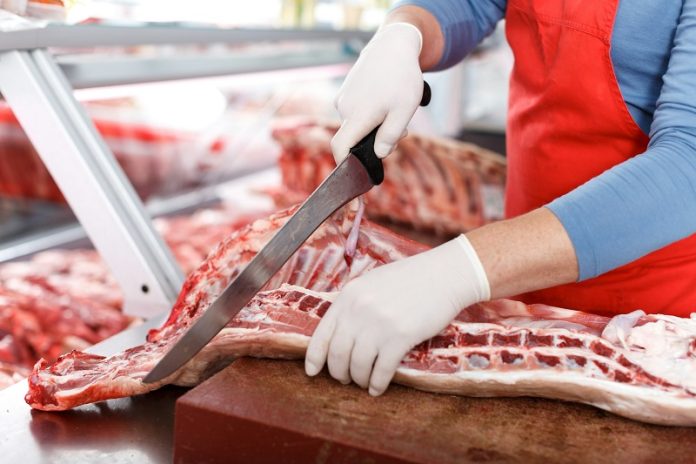
A team of scientists at ETH Zurich has taken a big step forward in the future of food by growing thicker, more lifelike beef muscle in the lab—no slaughter required.
Led by Professor Ori Bar-Nur, a specialist in regenerative and muscle biology, the researchers have created lab-grown beef muscle that looks, acts, and tastes like the real thing.
Although he hasn’t tasted the product himself due to regulatory rules in Switzerland, Bar-Nur says his colleagues who have participated in approved tastings abroad report that the texture and flavor are very close to traditional beef.
What makes this beef truly unique is that it’s made from real bovine cells—but without killing the animal.
Scientists start by collecting muscle precursor cells called myoblasts, which can form muscle fibers.
In this study, instead of using biopsies from live cows, the team extracted the cells from regular beef cuts like filet, sirloin, cheek, and flank.
Until now, creating lab-grown beef that closely mimics real muscle tissue has been a challenge. Earlier efforts produced very thin muscle fibers that lacked some of the key proteins found in natural meat.
But Bar-Nur’s team has now developed three-dimensional muscle tissue made of thicker fibers that contract like real muscle and contain the same genes and proteins as natural beef.
One of the key innovations behind this success is a special cocktail of three molecules added to the nutrient-rich liquid used to grow the cells.
These molecules help guide the cells to form thick, functional muscle tissue.
Bar-Nur first developed this cocktail during his postdoctoral research at Harvard University, where he was studying muscle degeneration in mice. That same approach has now been adapted to grow high-quality cow muscle in the lab.
These molecules are only needed in the early stages of muscle growth. Once the muscle fibers begin forming, the molecules are removed from the process—meaning any future commercial product would not include them.
But the research isn’t ready for grocery store shelves just yet. The team has only been able to produce a few grams of muscle so far. Scaling up production and making the process more affordable and food-safe are the next big steps.
Doctoral student Christine Trautmann and researcher Adhideb Ghosh, both lead authors on the study published in Advanced Science, say that a lot more work needs to be done before lab-grown beef becomes widely available.
The production process must pass strict food safety and regulatory reviews before it can reach consumers.
Still, this progress could be a game-changer. Around the world, many start-ups are racing to develop lab-grown meat that doesn’t require raising or killing animals.
Compared to traditional beef production, lab-grown meat could reduce land use and potentially lower the environmental footprint, though more research is needed to confirm the full impact.
Professor Bar-Nur is now considering launching a start-up to bring this innovation to the market. His goal is to make burgers that are ethically sound, safe, and affordable—helping us enjoy meat in a new way that’s better for animals and the planet.
If you care about health, please read studies about how Mediterranean diet could protect your brain health, and the best time to take vitamins to prevent heart disease.
For more health information, please see recent studies about plant nutrients that could help reduce high blood pressure, and these antioxidants could help reduce dementia risk.



